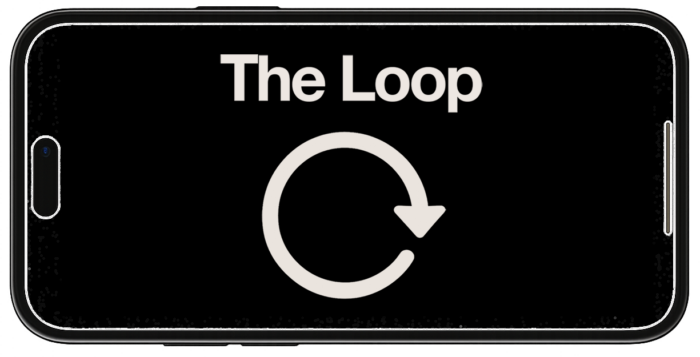Any screenshots and details of functionality may no longer be relevant. Below are some related posts that are more current:
- Problem with GA4 Integration (Jun 24, 2025)
- A Complete Guide to Meta Ads Attribution (Jun 9, 2025)
- The Best Advertisers Compare Attribution Settings (May 20, 2025)
You are wasting time and money focusing on metrics that don’t matter.
The following metrics are given far too much attention. When I ask an advertiser whether their campaign was a success, they almost always refer to at least one of the following:
- CTR (Click Through Rate)
- Clicks
- CPM (Cost Per 1,000 Impressions)
- CPC (Cost Per Click)
- Reach
- Impressions
Stop basing success or failure on these metrics alone. They may help provide context. But they should not control your pivot.
The reason is simple. You often have one very definitive goal. It’s not general clicks. It’s usually not reach or impressions (though there are some exceptions). You want a specific action.
Therefore, your focus should be on getting as many of those actions as possible for the least amount of money.
None of the stats listed above tell the whole story. In most cases, I recommend you follow only five things:
- Actions (whatever your preferred action is)
- Cost Per Action
- Spend
- Frequency
- Revenue
Of course, you should use the new Facebook ad reports to monitor these stats.
Actions
Before you even start a campaign, you should know your desired action. It could be any of the following:
- Website Conversion
- Page Like
- Link Click
- Video Play
- Share
- App Install
- Event RSVP
- Something Else
If you don’t know your desired action — and it had better be something concrete — you won’t be able to measure success. And when you can’t measure success, you’ll cling to metrics that don’t matter to tell your story.
For any campaign that has a goal that leads to an offsite conversion, you must use Conversion Tracking. Not only is it how you ultimately measure success, but this allows you to have Facebook optimize for that action.
Otherwise, if your goal is Page Likes, you should be running a Page Like Sponsored Story or a standard Page Like ad. In that case, the general click doesn’t matter. You only care about the Like.
Maybe your goal is to drive traffic to your website without the intent of a specific conversion. I often do this when I share my blog posts. In this case, I monitor link clicks closely.
There is a long list of actions that you can monitor. In fact, the Facebook ad reports provide 45 options to choose from.
Pick one!
Cost Per Action
Of course, the number of actions alone doesn’t provide enough context. If one ad generates 20 actions, is it more successful than an ad that generates 15? Not if the one that generates 15 costs half as much.
That’s why I always monitor Cost Per Action closely. But again, Cost Per Action by itself doesn’t mean much either. I could have a $.03 Cost Per Action on an ad that generated one action covering only three cents in spend.
Obviously, that’s a small sample size!
Spend
Yes, that leads to spend! I love seeing these three metrics together when comparing ad or campaign performance.
Spend will let me know if I need to shift my budget from one ad or campaign to another. Or raise or lower the spend of an effective or underperforming ad.
Frequency
This metric is often ignored.
When I promote posts in the News Feeds of my Fans, I want to be sure that they see it only once. Therefore, my goal is a 1.0 Frequency.
But for other ads that lead to an offsite conversion or Page Like, for example, a greater frequency is required. And that sample size is important when determining whether an ad has run its course.
If an ad isn’t performing, but the Frequency is under 3.0 (depending on the level of underperformance), I’ll typically let it ride for a while. That remains a small sample size.
But if a poorly performing ad has a frequency of 8.0 or more, it’s definitely time to pull the plug.
Likewise, it’s important to put such ads with high frequency under a microscope. The ad may have an efficient overall CPA (Cost Per Action), but it’s likely to become less efficient over time as Frequency rises.
Revenue
Revenue is a metric that can only be monitored within the Facebook ad reports if you utilize Conversion Tracking with Returned Value (learn more about how you can set it up here).
So far, you know which of your ads return the lowest Cost Per Action. You use Spend and Frequency to provide perspective.
But are your ads providing a positive ROI? You won’t know that without following Revenue!
Your Turn
What Facebook ads metrics do you monitor closely? Let me know in the comments below!







